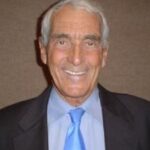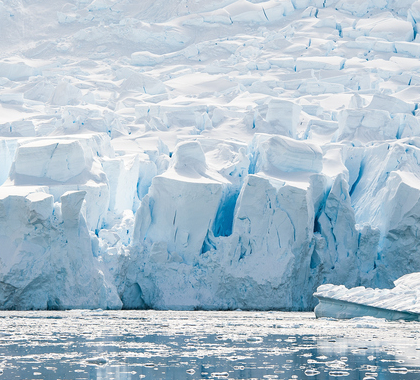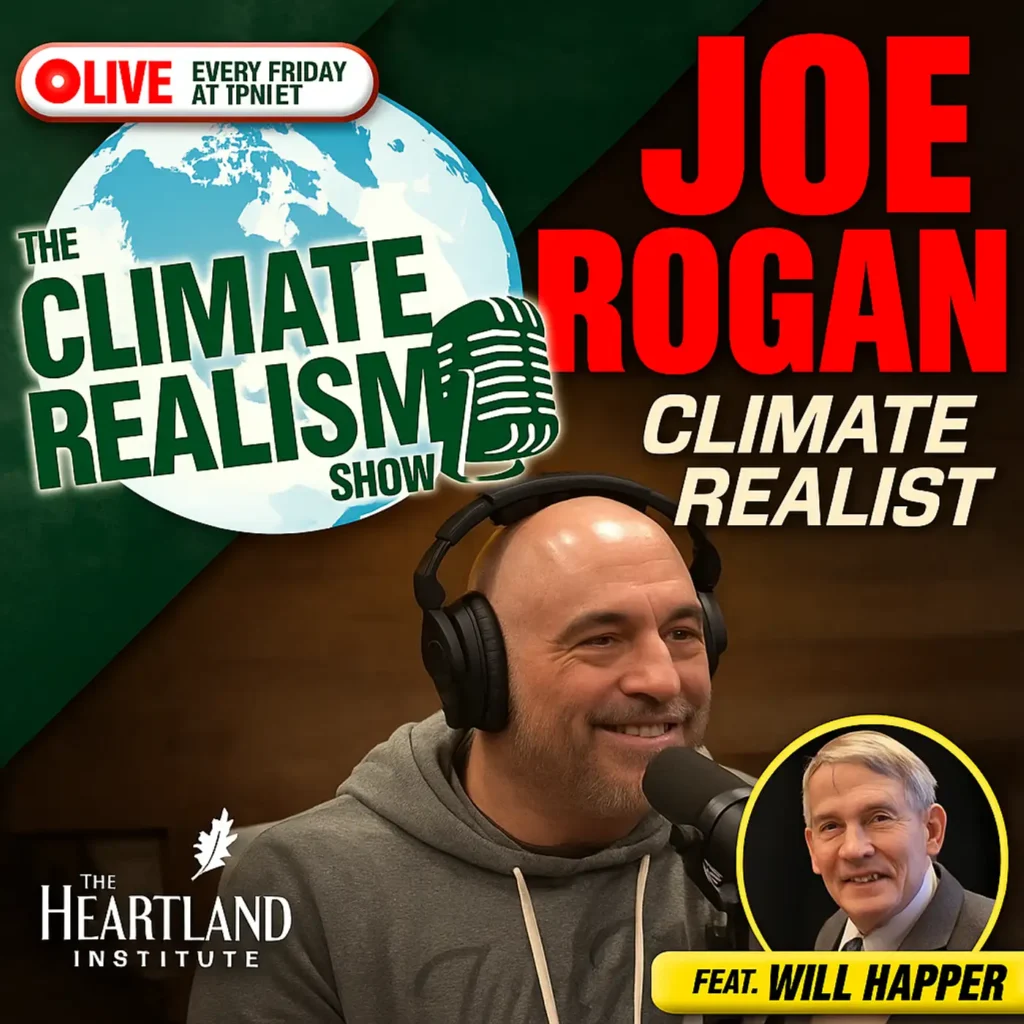Review of Evidence-Based Climate Science: Data Opposing CO2 Emissions as the Primary Source of Global Warming, 2nd Edition, by Don Easterbrook [Contributing Editor] (Elsevier), October 13, 2016, 432 pages, ISBN-13: 978-0128045886; $131.63 on Amazon.com.
In Evidence-Based Climate Science: Data Opposing CO2 Emissions as the Primary Source of Global Warming, Don Easterbrook, a professor emeritus at Western Washington University, has compiled the definitive book slaying any argument mankind is having a significant impact on global temperature.
The papers collected in this work analyze scientific data concerning patterns of past climate changes, influences in changes in ocean temperatures, the effect of solar variation on global climate, and the effect of carbon dioxide on global climate. The book clearly presents an overwhelming amount of evidence that refutes arguments made by those promoting the theory of catastrophic anthropogenic global warming (AGW).
Governments Manipulating Data
The book’s 21 chapters contain 400 full-color charts, illustrations, pictures, and graphs, which tell their own convincing stories.
In one chapter, meteorologist Joseph D’Aleo shows conclusively AGW supporters have eliminated inconvenient temperature data from the record. More than 6,000 temperature stations were in the National Oceanic and Atmospheric Administration database in the mid-1970s, but fewer than 1,500 are used today. D’Aleo demonstrates in addition to reducing the number of temperature stations used to provide data, various agencies manipulated data to make it appear dramatic warming has occurred.
Lord Christopher Monckton, a chief policy advisor to the Science and Public Policy Institute, exposes multiple myths propagated by AGW propagandists, showing many of their claims to be absurd. For instance, Monckton shows, contrary to alarmists’ claims, 2014 was not the warmest year on record. Through beautifully illustrated charts, Monckton shows the mathematical models used by the United Nations and others to “prove” AGW are deeply flawed and regularly make climate projections that don’t match measured temperatures or weather phenomena.
Jennifer Marohasy and John Abbot of Australia’s Climate Modelling Laboratory examine data from multiple weather stations in numerous cities. Their findings reveal the Australian government’s weather labs purposely twisted data to report temperatures as warmer than the actual recordings gathered by the instruments.
Natural Climate Factors
D’Aleo and meteorologist Madhav Khandekar show various weather phenomena—such as extreme heat and cold, floods, droughts, cyclones, and tornadoes—are unrelated to global climate change. They also point out deaths from cold weather dwarf those from high temperatures.
Easterbrook offers a fact-filled essay demonstrating satellite and surface temperature records and sea surface temperatures show both the East and West Antarctic Ice Sheets are cooling, contrary to the claims made by various media outlets. In addition, the records Easterbrook provides showing temperature fluctuations in Greenland and the Arctic are the most complete to be found anywhere today.
Easterbrook notes although news media report almost daily on the “accelerated melting of the Arctic Icecap,” there is in fact no such thing, only an expanse of floating ice covering the Arctic Ocean, which expands and thickens or shrinks and thins according to seasonal variations.
Easterbrook’s chapter on greenhouse gases should be a tutorial for students in high school as well as for graduate school students. According to Easterbrook, water vapor is responsible for producing the largest greenhouse-gas effect, because it absorbs and emits infrared radiation at many more wavelengths than any other gas and, by volume, overwhelms all other greenhouse gases. Carbon dioxide only makes up 0.04 percent of the atmosphere, constituting 3.6 percent of the greenhouse-gas effect. Using clear, informative graphs, Easterbrook shows the amount of carbon dioxide humans add to the atmosphere cannot raise Earth’s temperature by 10 degrees F, as many AGW alarmists predict.
Ocean Currents and Temperature
In another chapter, using vivid color illustrations, D’Aleo and Easterbrook make clear the link between multidecadal oceanic oscillations and corresponding global temperature trends. Although few people interested in climate change fully grasp the relationship between shifts in ocean currents and temperature, these phenomena always play a major role, as D’Aleo and Easterbrook show.
Nils-Axel Morner, a former head of the Paleogeophysics and Geodynamics Department at Stockholm University, says the public has been besieged by false claims sea levels are rising at alarming rates. Morner shows sea levels are not rising at unusually rapid rates, regionally or globally.
Horror scenarios predicting “a sea level rise of one meter or more by 2100 violate physical laws, observational facts, and geoethical principles, and must now be discarded,” Morner wrote.
Here Comes the Sun
Three chapters focus on the effects the Sun has on Earth’s climate. Sunspots, solar irradiance, cosmic rays, and radiocarbon and beryllium production rates, which depend on cosmic rays, all significantly influence Earth’s temperature, yet these factors are almost completely ignored in the mathematical models that presume to predict Earth’s temperature a century into the future.
Reports issued by the U.N. Intergovernmental Panel on Climate Change suggest solar activity changes have extremely small effects on Earth’s climate. The chapters in this book show this assumption to be patently absurd. The fact that other celestial bodies in our solar system warm and cool in lockstep with our own planet shows the powerful, indeed dominant, influence the Sun has on Earth’s temperature and climate.
Evidence-Based Climate Science dismantles all the supposedly bedrock arguments made in favor of the catastrophic AGW theory. It will likely be many years before another magnificent compilation disproving climate change alarmism, such as this book, is produced again.
Jay Lehr, Ph.D. ([email protected]) is science director of The Heartland Institute.





